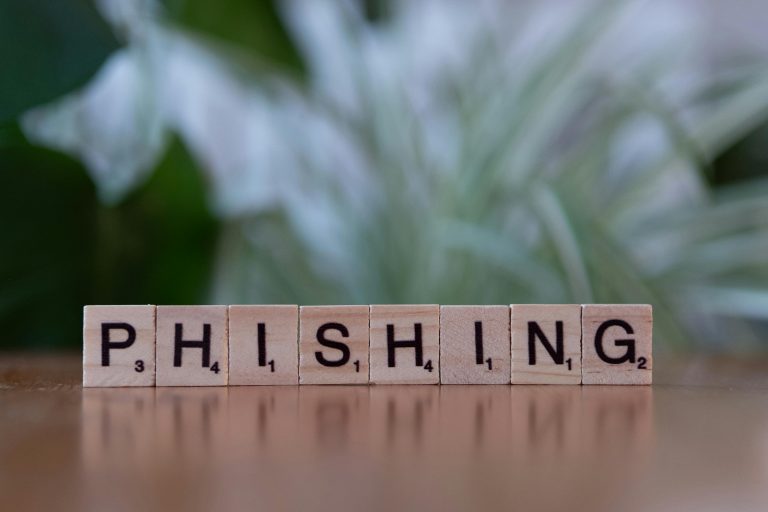How to Handle a Suspected Phishing Email
In today’s digital world, phishing emails are one of the most common cyber threats targeting individuals and businesses alike. Cybercriminals use these deceptive emails to steal sensitive information, infect systems with malware, or gain unauthorized access to accounts. Knowing how to identify and handle phishing emails is crucial to maintaining Cybersecurity.

Signs of a Phishing Email
- Suspicious Sender – Check the sender’s email address carefully. Scammers often use email addresses that look similar to legitimate ones but may contain subtle misspellings or extra characters.
- Urgent or Threatening Language – Phishing emails often create a sense of urgency, pressuring recipients to act quickly to avoid penalties or security breaches.
- Unfamiliar Links or Attachments – Hover over links (without clicking) to see if they lead to a legitimate domain. Avoid opening unexpected attachments, as they may contain malware.
- Requests for Sensitive Information – Legitimate organizations never ask for sensitive data, such as passwords, social security numbers, or banking details, via email.
- Poor Grammar and Formatting – Many phishing emails contain spelling mistakes, awkward phrasing, or inconsistent formatting, which can be a red flag.
Steps to Handle a Suspected Phishing Email
- Do Not Click Any Links or Download Attachments – Interacting with the email’s contents may install malware on your device or redirect you to a fraudulent website.
- Verify the Sender – If you are unsure about the email’s legitimacy, contact the organization directly using their official contact details (not those provided in the email).
- Report the Email – Most email services have an option to mark an email as phishing. You can also report phishing attempts to your IT department or cybersecurity team.
- Block the Sender – If the email is confirmed as phishing, block the sender’s address to prevent future attempts.
- Scan Your Device for Malware – Run a full Antivirus scan to ensure your system has not been compromised.
- Educate Your Team or Family – Share information on phishing tactics with colleagues, employees, or family members to prevent them from falling victim.
Preventive Measures Against Phishing Attacks
- Enable Multi-Factor Authentication (MFA) – MFA adds an extra layer of security to your accounts, making unauthorized access more difficult.
- Use a Reliable Spam Filter – Configure your email system to filter out potential phishing attempts.
- Keep Software Updated – Ensure your operating system, browser, and Security Software are always up to date to patch vulnerabilities.
- Regularly Train Employees – Businesses should conduct cybersecurity awareness training to help employees recognize and avoid phishing attempts.
- Verify Financial Transactions – Always confirm payment requests or account changes through direct communication with the concerned party.
Conclusion
Phishing emails continue to evolve, making it crucial to stay vigilant and proactive in identifying and handling them. By recognizing the warning signs, taking immediate action, and implementing security best practices, individuals and businesses can significantly reduce the risk of falling victim to phishing attacks. If you suspect a phishing attempt, always err on the side of caution—when in doubt, don’t click!
Stay safe and protect your digital assets from cyber threats.








